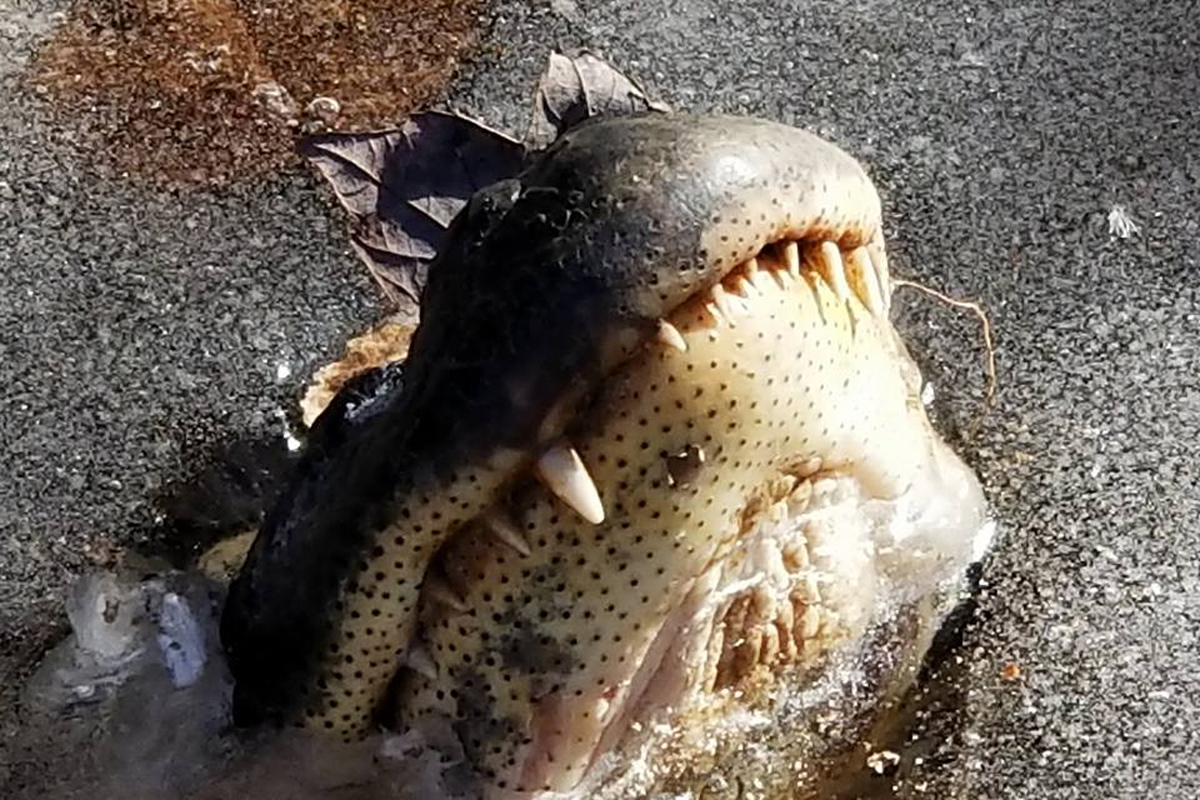When you purchase through tie-in on our internet site , we may earn an affiliate deputation . Here ’s how it works .
Two different crocodile specie living in Cuba have been trail up , producing hybrid issue that have now been identified with transmitted analyses . The crossing could menace one of the coinage , the already declining Cuban crocodile , researchers say .
scientist were aware that the American crocodile ( Crocodylus acutus ) and Cuban crocodile ( Crocodylus rhombifer ) interbred in enslavement . But this is the first genetic study to affirm hybridization in the wild .

Among crocodilians,Crocodylus rhombifer(shown here) is one of the world’s most endangered species with the smallest natural distribution. In Cuba, the species coexists with the American crocodile (Crocodylus acutus).
The researchers found thatAmerican crocodilesliving in Cuba are more closely related , genetically , to Cuban crocodile than to American crocodile population found along mainland Central America .
Researchers analyzed the DNA of scales clipped from the tails of 89 wild - caught Cuban and American crocodiles from Cuba , Central America ( Costa Rica and Panama ) , Grand Cayman Island and Jamaica . Two of the sample came from North American zoos . [ 10 Species you’re able to Kiss Goodbye ]
Because the investigator included mitochondrial DNA , which is passed down from mother , they could tell that the intercrossed offspring had come from a match-up between maleC. acutusand femaleC. rombifer .

The team think this scenario makes sense for the home in Cuba where the hybrids were found , the Zampata swampland . For one , there is a two - calendar month intersection in the suit and mating period for both specie in that swampland . Second , in the country where the two species fare into tangency , there are moreC. acutusindividuals , pay these manlike American crocodiles more opportunity to checkmate with other females , which are eff to take more than one lover .
The investigator warn that the two crocodilespecies interbreedingin the wild may model a major threat to Cuban crocodile . In a worst - case scenario , one crocodile pedigree cancause the quenching of another .
Due to habitat modification and extensive hunt from the mid-19th century through the sixties , the universe of Cuban crocodiles has drastically declined . Although the exact universe of the species continue unknown , scientists estimate that at least 3,000 remain in the Zapata swampland , with a smaller population domiciliate in the Lanier Swamp on the Island of Youth .

The study is detailed in the spring issue of the Journal of Experimental Zoology .















